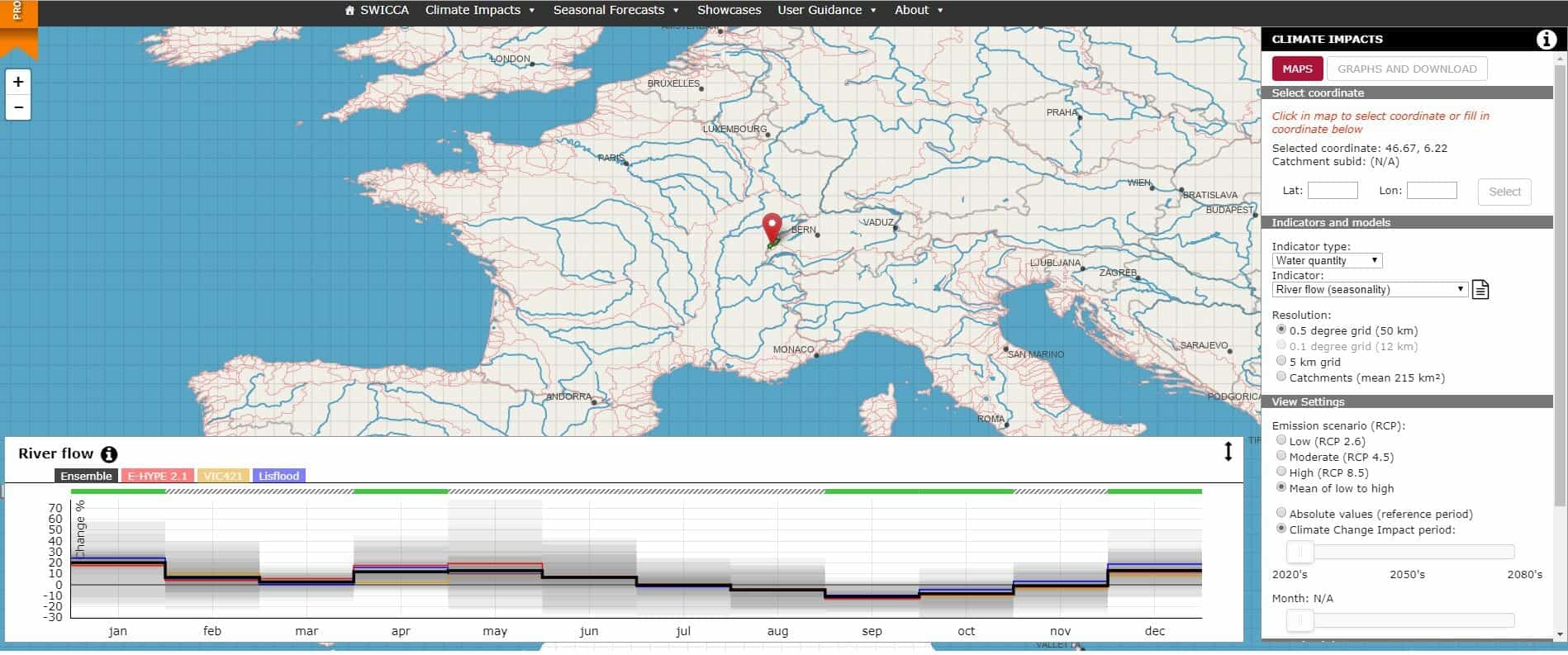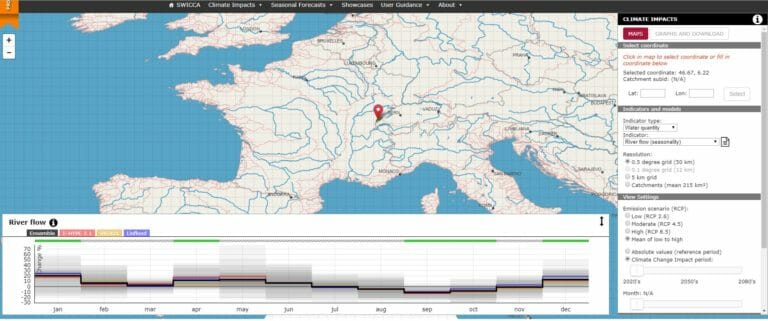Wetlands – including lakes, lagoons, bogs and peatlands, as well as swamps and marshes – are regions that experience seasonal or perennial flooding. They generally host a range of plants and animals, and are vital to the survival of these species. However, they are also fragile ecosystems that require monitoring and maintenance to prevent their loss. In the context of World Wetlands Day, celebrated every year on 2 February, let’s take a look at how these delicate ecosystems can be protected.
The Ramsar Convention on Wetlands, adopted on 2 February 1971, aims to protect wetlands by encouraging intergovernmental conservation and management efforts. The Copernicus Climate Change Service (C3S), implemented by the European Centre for Medium-Range Weather Forecasts (ECMWF) on behalf of the European Union, offers a wide range of products that assist wetland conservation. As the theme of this year’s World Wetlands Day is ‘Wetlands and climate change’, it provides an excellent opportunity to revisit some of those products and tools.
C3S provides valuable data that describe the changes in soil moisture, surface temperature and other climate indicators, and predict how these factors will change in the future. Keeping track of these indicators over time facilitates wetland conservation efforts and helps to determine their effect on the global climate.
Wetlands are also fundamental for water management. They take care of purification and filtration of water for drinking and irrigation; mitigate adverse weather and climate events such as storms, floods, and sea level rise; and offer opportunities for tourism and recreation. The Sectoral Information System (SIS), an integral part of C3S, comprises several projects that help different industry sectors adapt to climate change. The operational service for the water management sector, for instance, can help […]
Full article: Working for our wetlands
More about wetlands and conservation:
As Feds Weaken Wetlands Rules, Locals Eye Greater Protections For Otter Creek Swamps
Coastal wetlands can significantly reduce property damage due to hurricanes
The Many Benefits of Wetlands Conservation
Beekeeping preserves wetlands in Algeria
New rules limiting clean water protections ignore stream science



